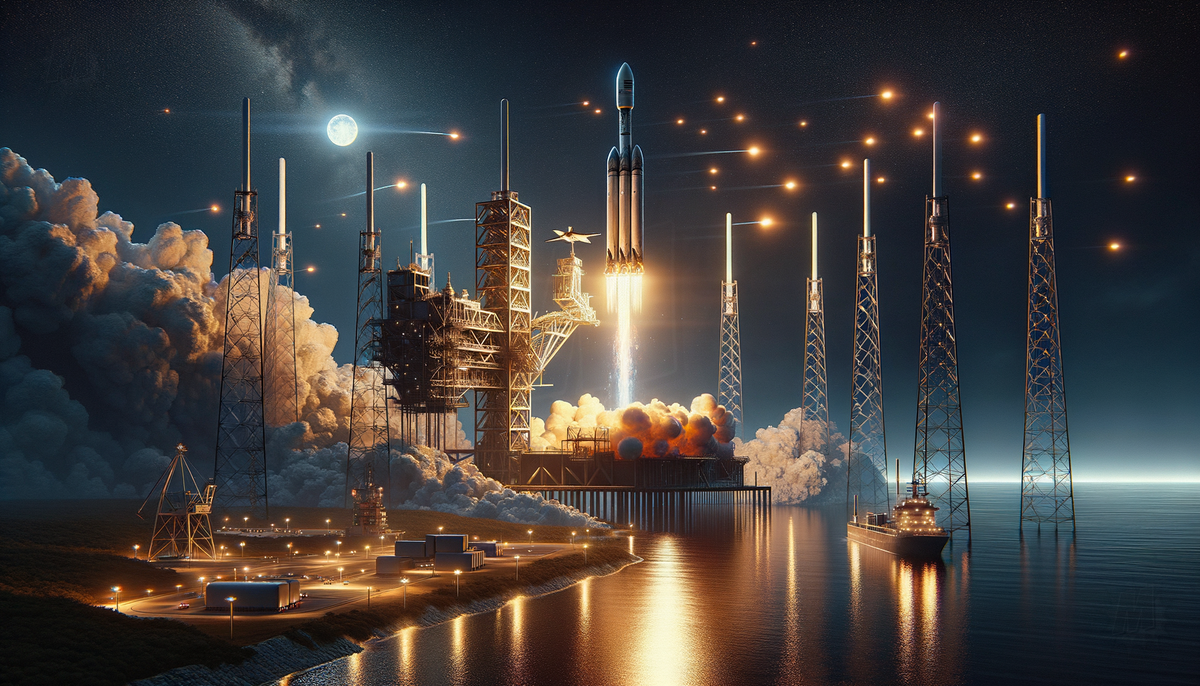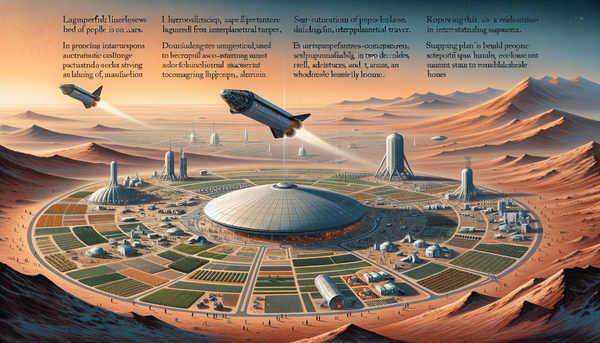SpaceX Tests 'Chopsticks' System for Catching Super Heavy Booster

SpaceX successfully launched and landed its Falcon 9 booster for a record 22nd time on June 27. The Falcon 9, launching from Space Launch Complex 40 at Cape Canaveral Space Force Station in Florida, deployed 23 Starlink satellites into low-Earth orbit. The booster, designated B1062, made a precise touchdown on a drone ship off the Florida coast eight minutes after liftoff. This particular booster has a history of notable missions, including GPS III Space Vehicle 04, GPS IV, Inspiration4, Ax-1, Nilesat 301, OneWeb Launch 17, ARABSAT BADR-8, and 15 Starlink missions. This achievement is seen as a significant milestone in SpaceX's development of the Starship rocket, which is designed to be the most powerful rocket ever built.
At SpaceX's Starbase in Boca Chica, Texas, the company is conducting tests with Mechazilla, a system designed to catch returning rockets using mechanical arms. This technology aims to improve the reusability of rockets by eliminating the need for landing legs and reducing turnaround time for relaunches. Despite sharing video renders of Mechazilla's intended operations, the system has yet to be used in an actual rocket catch. SpaceX is preparing for a future test mission involving the Super Heavy booster and is also constructing a second launch pad and planning a permanent fuel depot in orbit to support Starship missions to the Moon and Mars.
Elon Musk's SpaceX is considering catching the booster of its Starship launch vehicle during the next test flight instead of allowing it to splash down in the Gulf of Mexico. This follows a previous test where the stages of the vehicle separated, and the booster had a soft splashdown. The upcoming test aims to demonstrate the feasibility of using the launch tower’s mechanical arms to catch the booster, which could significantly enhance the reusability and cost-efficiency of the spacecraft.
In other developments, SpaceX has completed its 10th Falcon Heavy rocket launch with the GOES-U weather satellite for NOAA and plans to use the Falcon Heavy to launch NASA's Europa Clipper spacecraft in October. The competitive landscape in the launch market is seeing increased activity, with Rocket Lab's founder Peter Beck discussing the pressure from SpaceX's rideshare launches. Meanwhile, Firefly Aerospace is expanding its launch capabilities with plans for launches from NASA’s Wallops Flight Facility and the Esrange Space Center in Sweden. China is also advancing towards reusable rockets, with a test flight scheduled for




